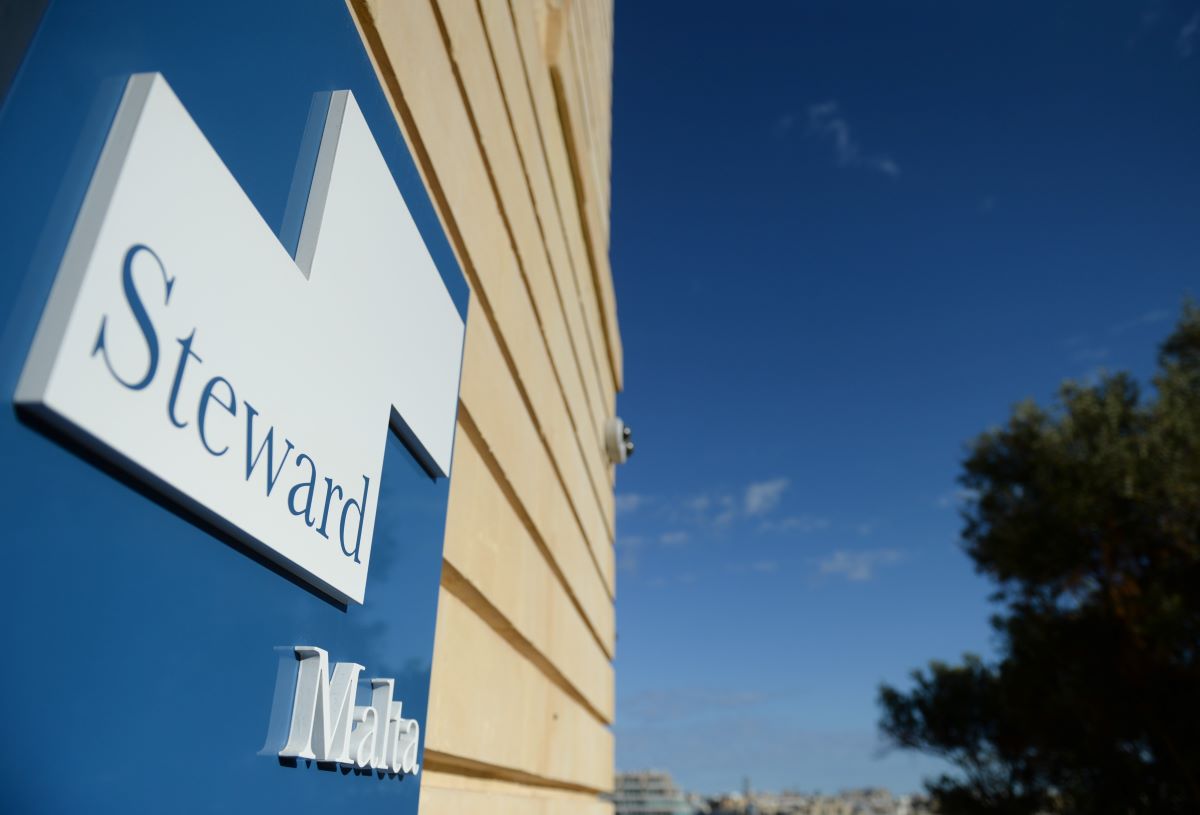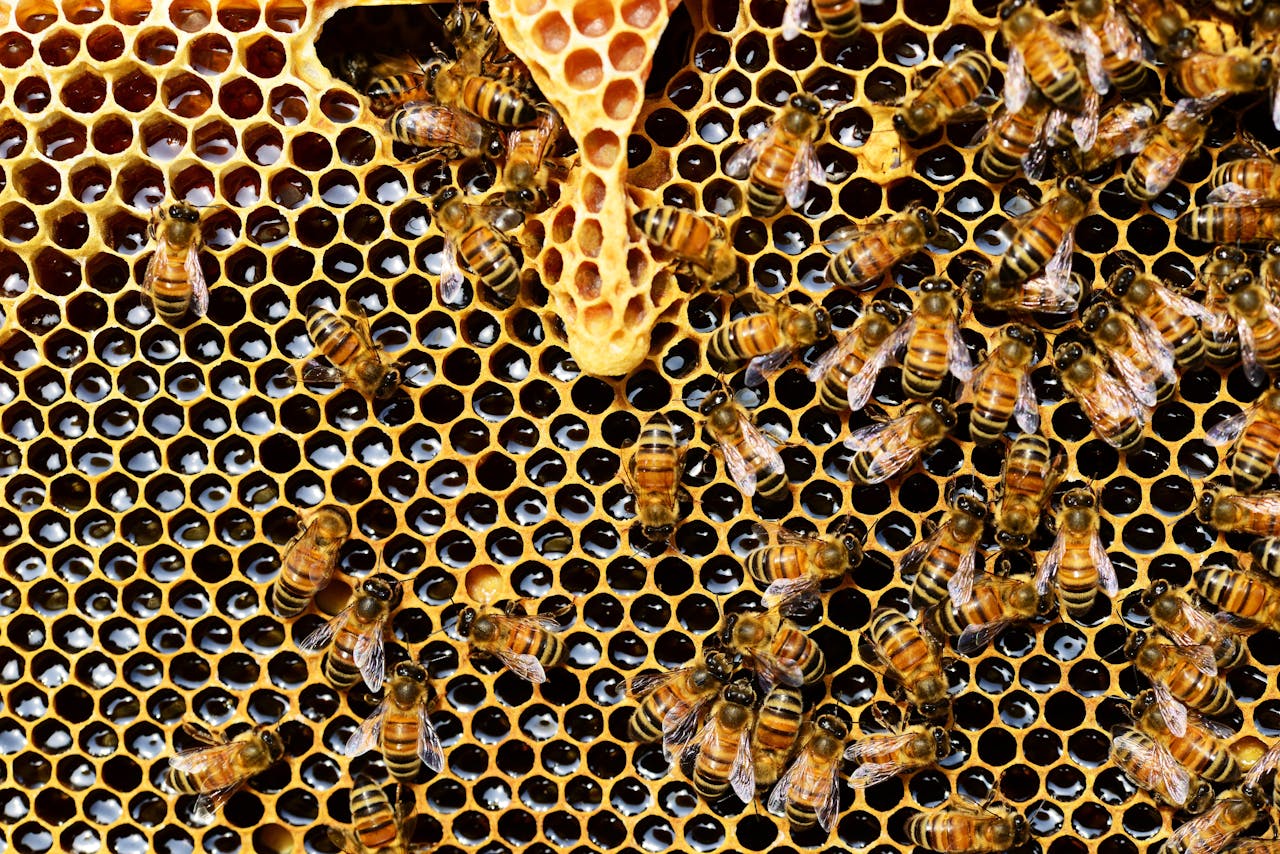Malta recently hosted 30 international travel influencers for the second Malta Travel Influencer Summit, organised by the Malta Tourism Authority and supported by Turkish Airlines. Participants from 17 countries attended, part of Malta’s continued push to position itself as a competitive tourism destination.
The summit, held at ME Malta by Meliá Hotels, featured panel discussions, keynote sessions and networking events focused on the current realities of digital content creation. A central theme this year was the impact of artificial intelligence on the industry and how creators are adapting.
Other sessions addressed personal branding, content strategies shaped by social media algorithms, and the opportunities and challenges of the digital nomad lifestyle.
MTA CEO Carlo Micallef said Malta’s appeal made the event a logical fit.
“Malta has always been a place of storytelling, through its history, its people and its landscapes. Hosting this event was a natural fit for us.”
Murat Özbilgi, founder of Mundo Ventures and the summit’s main collaborator with VisitMalta, added that the intention was to “create a space where influencers could connect, collaborate and grow in a way that feels genuine, not transactional.”
Following the conference, attendees visited key cultural and natural sites including Valletta, Mdina, Birgu and the Blue Grotto. Their posts from these visits generated more than 1,000 pieces of content across major social platforms, adding to Malta’s international visibility and supporting efforts to attract higher-value tourism.
The event concluded with an Influencer Content Challenge, where creators recreated scenes from productions filmed in Malta such as Gladiator, Troy, Game of Thrones, Jurassic World and Popeye. The challenge was followed by an award ceremony at the Malta Maritime Museum, which included Heritage Malta’s “Taste History” dinner experience.
Planning Authority welcomes Court decision on controversial Santa Luċija ‘pencil’ development
Has the DC15 loophole met its match?
Former national airline registered longest employee tenure in Malta – study
Moorepay analysis finds former national airline leads the country with an average tenure of 10.8 years
Malta’s endemic honey bee faces ‘high risk of extinction’, new research warns
New genetic analysis suggests the subspecies may be even closer to extinction than previously believed






